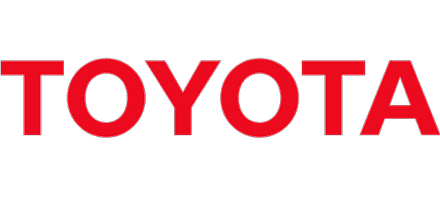
Toyota Motor Corporation
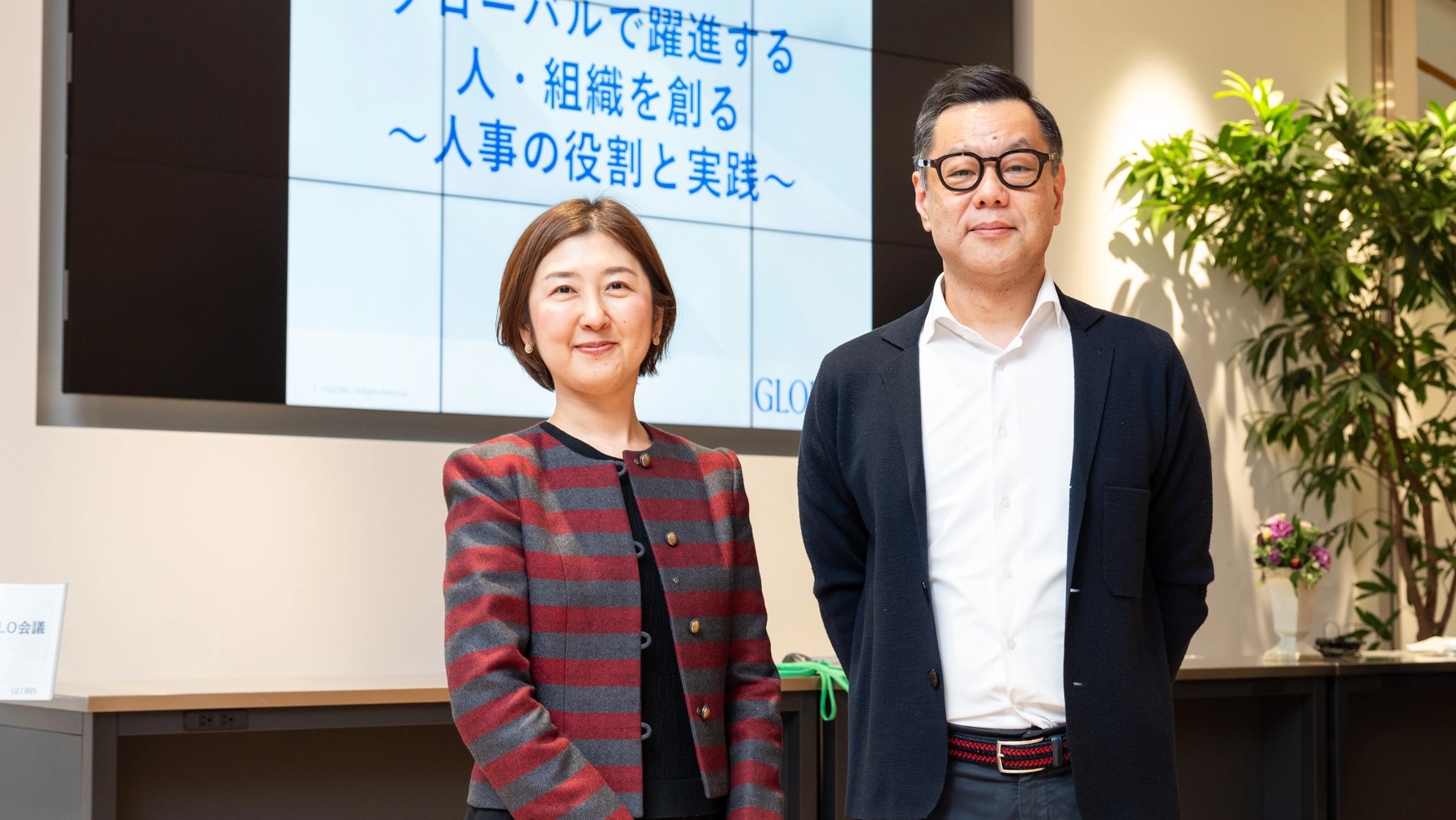
Solutions:
With the support of GLOBIS, we’ve been able to create opportunities for meaningful dialogue, not just between lecturers and participants, but among peers, and with our HR staff. Rather than passively absorbing content, participants verbalize their own insights. We find great importance in this process.
How can companies best nurture the global leaders who will oversee regional operations? At Toyota, assignments and development are not treated as separate processes, but rather integrated into a seamless cycle of growth.
To foster this linkage, Toyota partnered with GLOBIS to develop the Global Leadership Development Program (GLDP), one of the company’s flagship initiatives for cultivating talent. We spoke with Ayako Moritani, General Manager of the Organization & Talent Development Department at Toyota Motor Corporation to uncover Toyota’s philosophy and practices in global leadership development.
The automotive industry is undergoing a once-in-a-century transformation. Advances in autonomous driving, IoT-enabled services, and the rise of electric vehicles are fundamentally reshaping the sector. For Toyota, this shift means redefining the automobile itself and transforming into a mobility company.
“Cars are no longer just tools for transportation. With AI integration, they are becoming part of the city itself—connected to networks and urban infrastructure,” explains Moritani.
A prime example of this vision is Toyota Woven City, an experimental smart city built on the site of Toyota’s former Higashi-Fuji plant in Shizuoka. Designed to test mobility solutions of the future, including not only cars but also drones and robots, Woven City replicates an urban environment where next-generation technologies can be tested in real-world conditions.
“In this era, the answers are not found by simply extending past practices,” says Moritani. “To survive, we must avoid inward thinking, stay alert to external changes, listen sincerely to our customers, and respond flexibly.”
To meet these challenges, Toyota created a development process that integrates assignment and training into a single cycle. Rather than relying solely on classroom-based learning, the company emphasizes growth through real-world experiences tailored to each individual’s potential.
The Leadership Development Program (LDP), structured in two stages, exemplifies this philosophy. In LDP1, high-potential leaders from across the globe gather annually for a six-month program that combines online and in-person learning. Participants explore Toyota’s values, practice leading organizational transformation, and define their own authentic leadership vision.
Crucially, the program does not end with training. Participants are then given assignments aligned with their growth trajectory. These assignments can include transfers to new regions, temporary posts at headquarters, cross-functional moves from sales to manufacturing, or even studies abroad in different industries. Through these diverse experiences, Toyota ensures leadership development is not theoretical but directly tied to business practice.
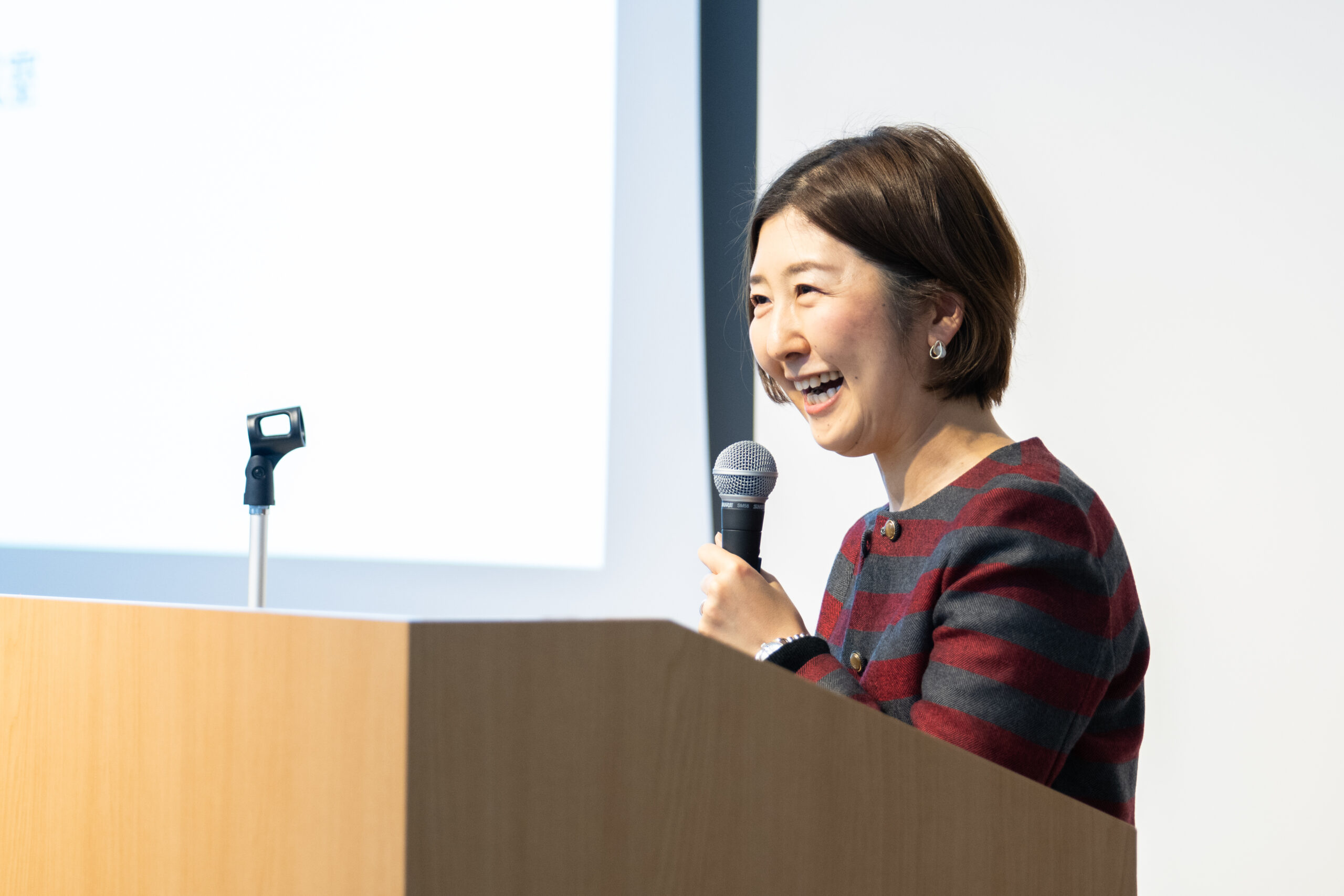
LDP1 is designed to instill three core themes in every participant:
The year-long program unfolds across four modules, including one intensive five-day session held in Japan. Participants begin by reflecting on themselves and their regional cultures before engaging deeply with Toyota’s founding philosophies.
At the heart of the program is My Toyota Story, an individual commitment that articulates each participant’s vision for Toyota’s future, their personal aspirations, and the steps to achieve them. My Toyota Story evolves across the modules through peer feedback, dialogue with senior leaders, and experiential learning.
During the Japan module, participants experience Toyota’s values firsthand through site visits, dialogues with leaders, and exposure to both successes and struggles around carbon neutrality, hydrogen, and BEVs. Sessions such as TPS in Kyoto connect the Toyota Production System (TPS) with Japanese cultural traditions like Zen and the tea ceremony, demonstrating how efficiency and beauty in movement are deeply rooted in both Toyota’s philosophy and Japanese heritage.
In the final module, each participant delivers a 10-minute presentation of their Toyota story to the cohort, articulating personal growth and future ambition.
“The most important thing is people, people, people. It’s all about people,” Moritani says. “By the end of the module, participants begin to see Toyota’s ‘people as assets’ philosophy as something tangible. More than just understanding it, they feel it and experience it first-hand.”
The program also emphasizes building camaraderie. By intentionally creating opportunities for future leaders to connect, participants build a network that transcends regions and company divisions. This is an essential element to nurturing the leaders who will carry Toyota’s future.
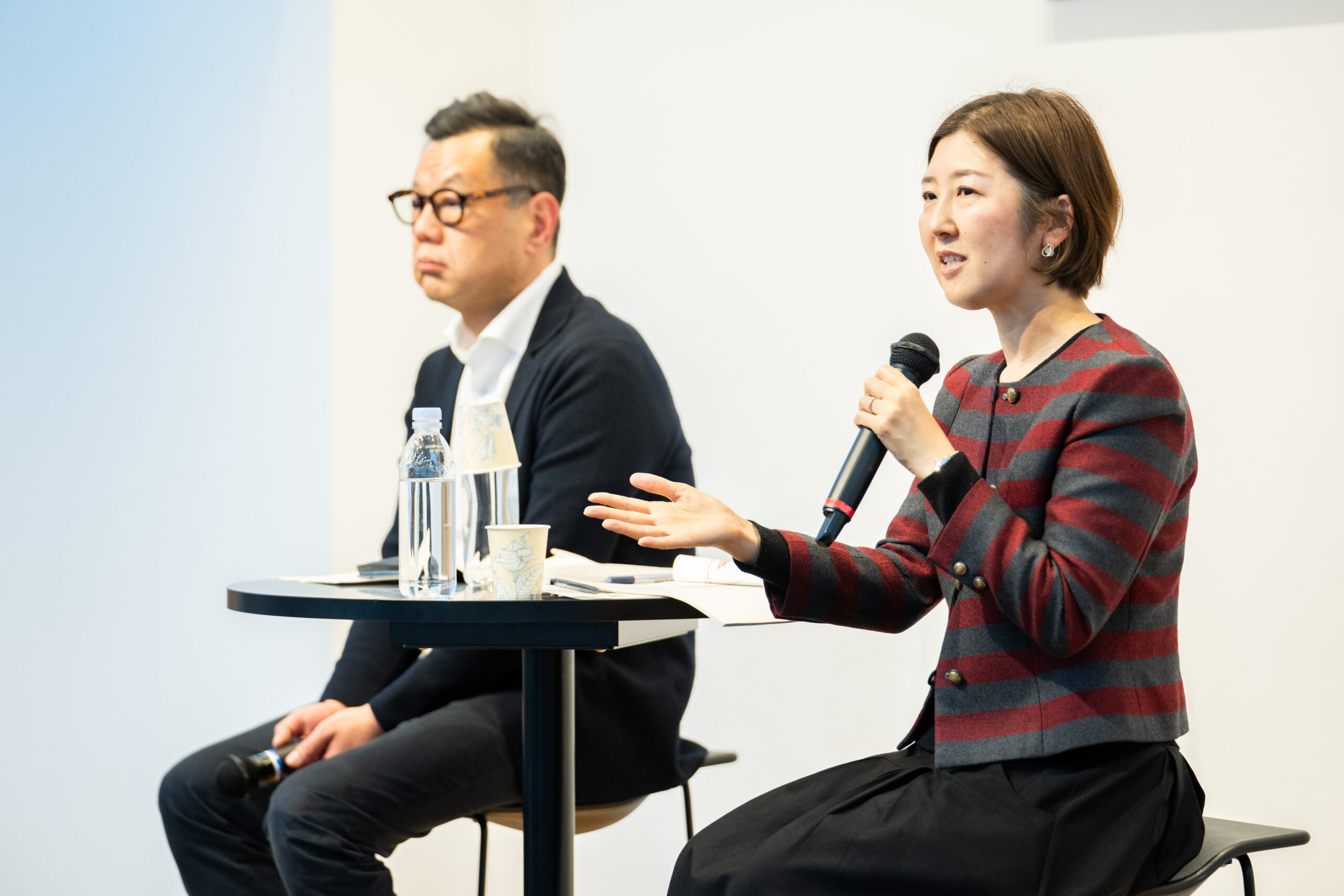
A defining feature of Toyota’s approach is its emphasis on discussing real, unfiltered challenges facing the company and the individuals on its teams.
“We ask presenters not to focus on ideals, but on the difficulties, the very things they’re sweating over right now,” Moritani explains. “These candid stories resonate deeply with participants and spark genuine insights.”
“With the support of GLOBIS, we’ve been able to create opportunities for meaningful dialogue, not just between lecturers and participants, but among peers, and with our HR staff. Rather than passively absorbing content, participants verbalize their own insights. We find great importance in this process.”
With more than 380,000 employees worldwide, Toyota’s workforce is highly decentralized. Fewer than 20% are based in Japan, with significant numbers in North America, Europe, Asia, and beyond. Each region operates with considerable autonomy, following the principle of being “best in town.”
To align leadership development globally, Toyota relies not only on systems but also on intensive dialogue. Moritani refers to his approach as adopting a “trial-and-error spirit.”
“At first, some felt we were moving too quickly,” she recalls. “But our team members went to regional field offices, engaged one-on-one with local HR and employees, and built mutual understanding. Even today, that effort continues.”
This bottom-up engagement has allowed Toyota to evolve its programs from formal frameworks into living initiatives shaped by real-world input. “In large-scale initiatives like this, the key to success is not just system design, but the sheer quantity of dialogue,” Moritani emphasizes.
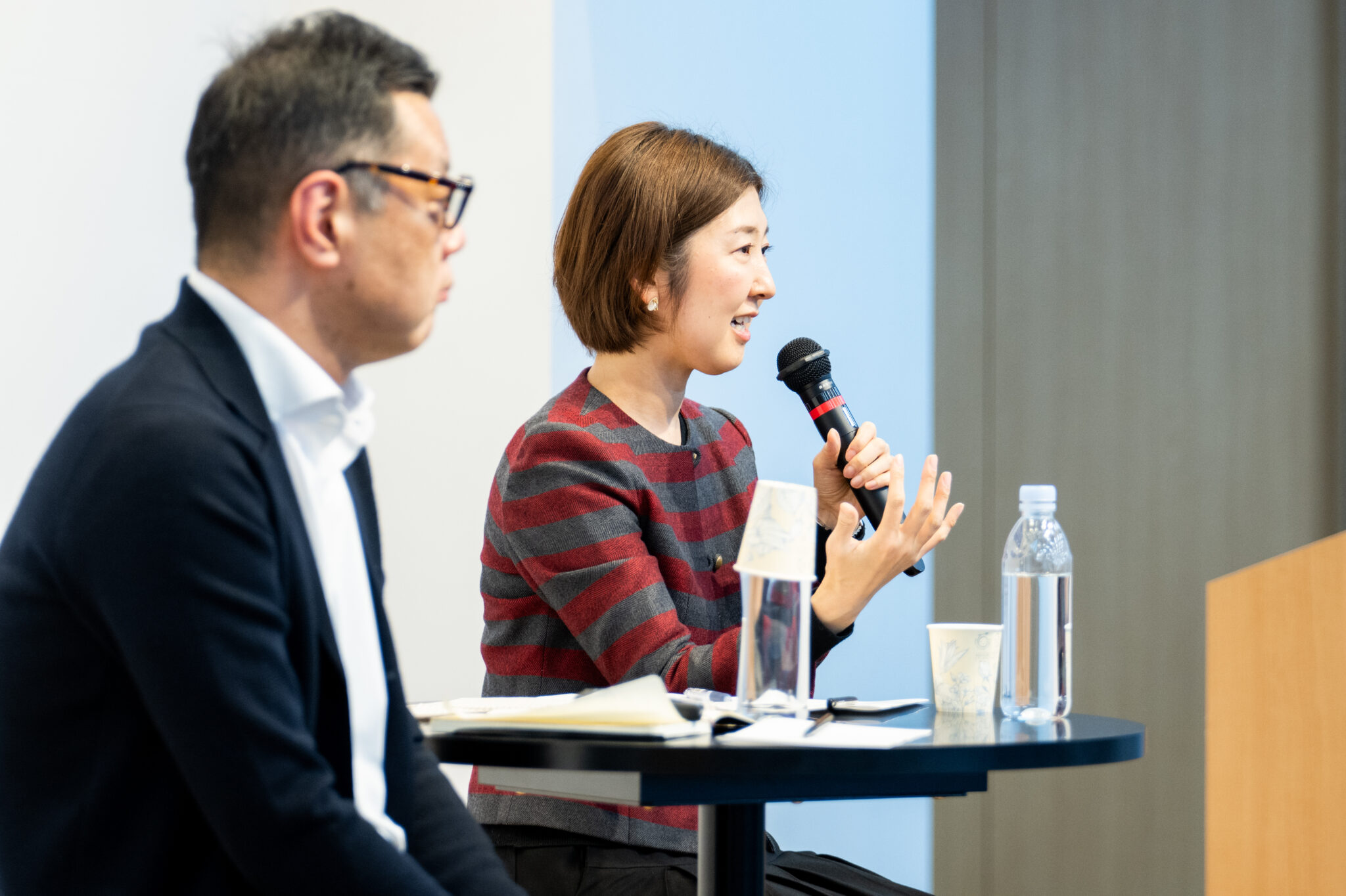
Moritani concluded the session with a message for peers:
“There are things we’ve achieved and things still in progress. HR’s role is not to take center stage but to support employees’ success. Our responsibility is to imagine what people on the ground are thinking and struggling with, and how we can contribute to the happiness of customers and stakeholders beyond them.
Cultural differences exist, but I’m grateful for the chance to exchange views with all of you in similar roles. Let’s continue striving forward together.”
Every organization's needs are different. With our global learning options, we're ready to help you find the right program to achieve your talent development goals.